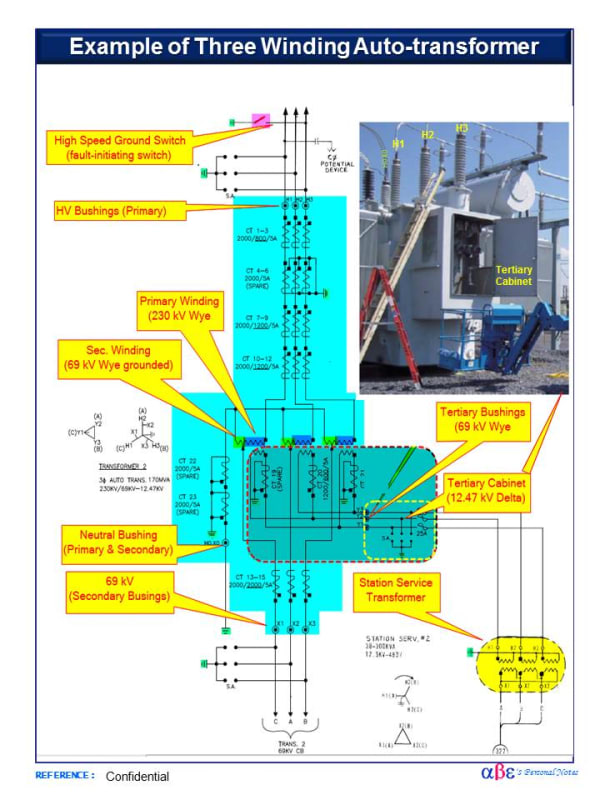Does anyone have an documents or data regarding increased failure rates of interconnecting transformers (345-138, 230-115kv, ect) where the tertiary is used for subtransmission/distribution?
In some parts of the world this is very common while in other parts there are claims that this results in increased wear on critical assets.
In some parts of the world this is very common while in other parts there are claims that this results in increased wear on critical assets.

